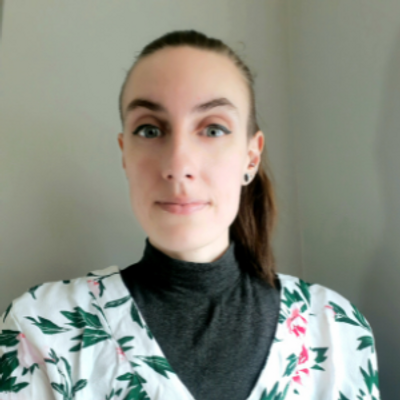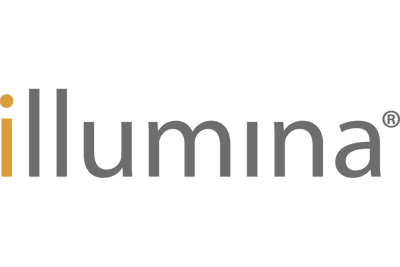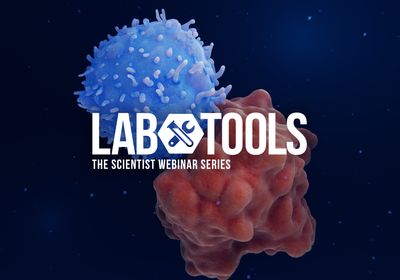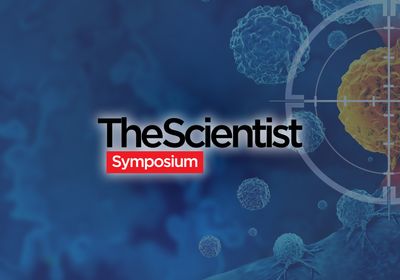
Many people lather up with sunscreen or cover up with hats to protect themselves from the sun’s harmful rays. These added layers help to shield the skin from ultraviolet (UV) light, which damages DNA and causes types of skin cancer, such as melanoma.1 Although researchers know that melanoma genomes commonly have mutations caused by UV-induced nucleoside crosslinking, it remains unclear which mutations drive the cancer and which are just along for the ride as passengers.
“They're one of the most highly mutated genomes and there are also a lot of recurrent mutations, where you get the same mutation happening over and over again,” explained John Wyrick, a biologist at Washington State University who studies DNA damage formation and repair. Wyrick hypothesized that some recurrent damage sites in melanoma are bystanders that scientists detect because of their prevalence, rather than their contribution to oncogenesis.
In a recent publication in Nature Communications, his research team investigated at base pair resolution how UV light induces a type of damage called cyclobutane pyrimidine dimers (CPDs), and they uncovered which recurrent mutations are ideal targets for CPD formation.2
The researchers mapped CPD damage sites with a sequencing method called CPD-capture-seq.2 They physically captured and compared DNA regions containing CPDs in untreated melanoma cells, melanoma cells that were exposed to UV light, and naked melanoma DNA that was exposed to UV light outside of the cell. With this approach, the researchers discovered that many recurrent mutations in melanoma depend on protein-DNA interaction sites involving E26 transformation-specific (ETS) transcription factors. These findings support previous evidence that this transcription factor family can shape melanoma’s mutation landscape.3
“It's textbook knowledge that UV light induces CPDs in DNA. But it's perhaps not as widely known that when proteins bind, the conditions for forming CPDs can change dramatically,” explained Erik Lekholm Larsson, a biologist and bioinformatician at the University of Gothenburg who was not involved in this study, but whose team also uses CPD-capture-seq to map protein-DNA interactions and damage signatures.4
In a Nature Communications paper published in the same issue as Wyrick’s work, Larsson’s team demonstrated how this method can reveal information about protein identities and DNA positioning.4 “Once you have this ability to quantify damage at each single base, it becomes possible to see the imprint that proteins have and the impact that they have on damage formation,” Larsson said. “You could say that you record a picture of protein-DNA contacts chemically, and the DNA is basically the photographic film in this case. You get a picture that's recorded at the actual time of light exposure.” The snapshots that researchers collect with CPD-capture-seq reveal which protein interactions affect DNA damage susceptibility.
Both Wyrick and Larsson found that the DNA is more susceptible to UV-induced CPDs in regions where ETS proteins bind. Wyrick suspects this is related to how these proteins affect the position of DNA bases in 3D space. “If DNA absorbs light, it doesn't actually form damage that frequently,” Wyrick explained. “You're essentially crosslinking two bases next to each other, and normally those bases are not really positioned in a conformation or structure that would be susceptible to forming crosslinks.” However, ETS binding creates kinks in the DNA, bringing bases closer together to form UV-induced crosslinks more readily.
These findings explain the prevalence and locations of many recurrent mutations in melanoma, which can help researchers prioritize which mutations they focus on in the future. “It doesn't rule out the possibility that some of these could be real driver mutations,” Wyrick said. “But there’s just less reason to think they would be, so we can potentially triage those, at least for the time being, and then focus on ones that are less easy to explain by damage. Because they may be the real drivers.”
References
- Helleday T, et al. Mechanisms underlying mutational signatures in human cancers. Nat Rev Genet. 2014;15(9):585-98.
- Selvam K, et al. Detecting recurrent passenger mutations in melanoma by targeted UV damage sequencing. Nat Commun. 2023;14(1):2702.
- Mao P, et al. ETS transcription factors induce a unique UV damage signature that drives recurrent mutagenesis in melanoma. Nat Commun. 2018;9(1):2626.
- Elliott K, et al. Base-resolution UV footprinting by sequencing reveals distinctive damage signatures for DNA-binding proteins. Nat Commun. 2023;14(1):2701.





